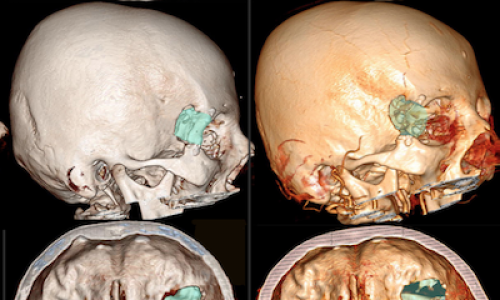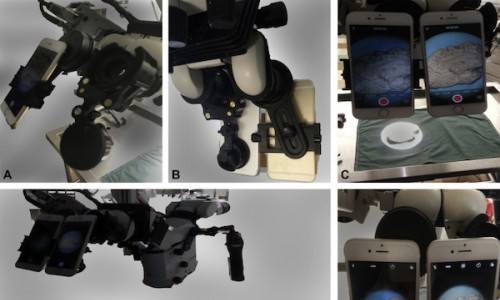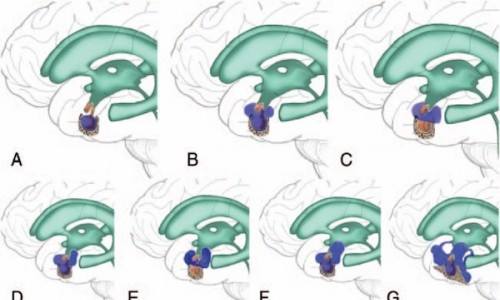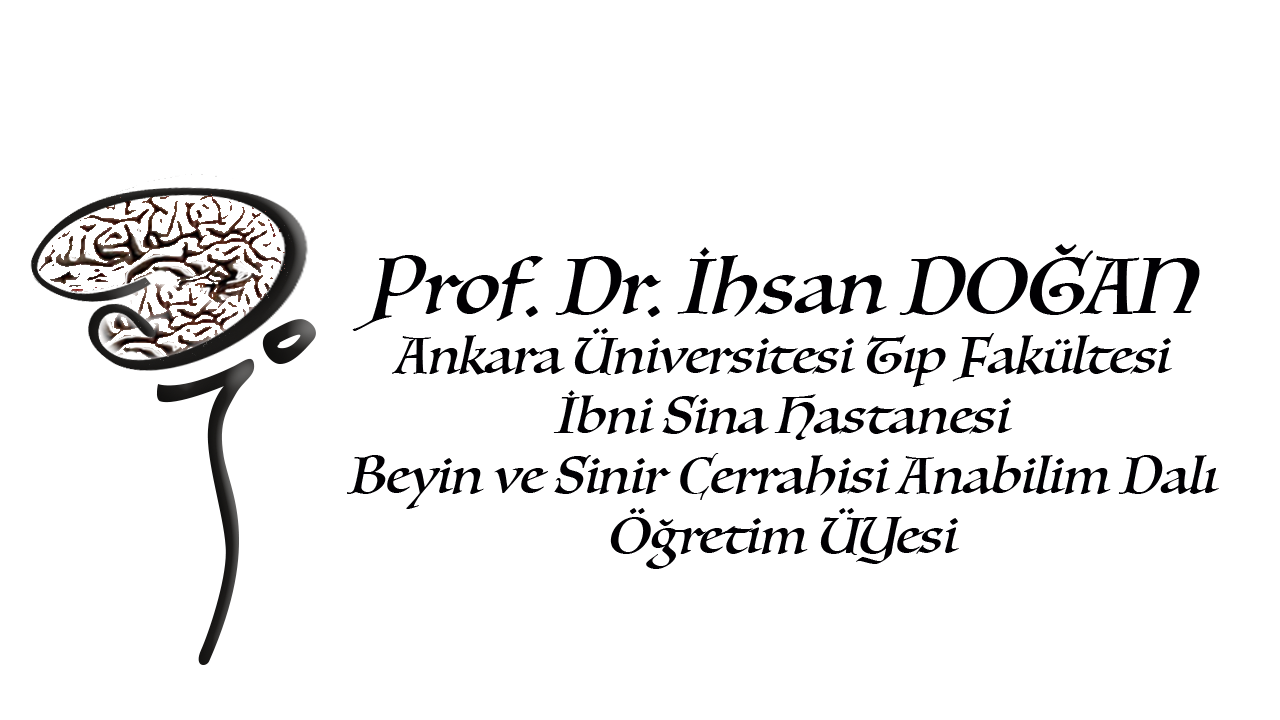Abstract
The location of burr holes in posterolateral cranial base approachesshould be appropriate to provide an adequate operative field, and surgical freedom is crucial for bone window opening. The aim of this study was to search for more convenient and easily detectable landmarks in comparison with current landmarks in posterolateral cranial base surgery. Twenty 3-dimensional reconstructed head and neck computed tomography angiography images (group 1) and 20 cadaver heads (group 2) were evaluated. An imaginary line connecting the angle of the mandible and the mastoid tip was extended upward. A second line passing through the lateral edge of the zygomatic arch was also extended posteriorly. The authors examined if the first line met with the sigmoid sinus throughout its course and determined the location of the intersection point of these 2 lines relative to the sigmoid-transverse sinus junction. The intersection point did not correspond to the sinus region in 3 images from group 1 and 4 specimens from group 2. The matching of the mandibula-mastoid line trajectory with the sigmoid sinus course was unacceptable in 4 images and 5 cadavers. For venous anatomy preservation and anatomic skullbase fossa orientation during posterolateral cranial base approaches, upward extension of the mandibula-mastoid line can be a proper landmark for surgical planning in this region. The authors’ proposed superficial anatomical line and intersection point over the skull could be used as a reliable indicator for the external projection of the sigmoid sinus and an appropriate initial burr-hole location.
Bunlar da İlginizi Çekebilir

Lateral transorbital approach: an alternative microsurgical route for supratentorial cerebral aneurysms
Transorbital approaches for neurosurgery have recently attracted attention and several anatomical st ...
Devamını Oku
Low-Cost Stereoscopic Recordings of Neurological Surgery Operative Microscopy for Anatomical Laboratory Training
Stereoscopic video recordings of operative microscopy during neuroanatomic dissections are an import ...
Devamını Oku
Microsurgical Resection of Tuberculum Sellae Meningioma via Pterional Craniotomy with Extradural Anterior Clinoidectomy and Optic Unroofing
Microsurgical treatment of suprasellar tumors, in particular tuberculum sellae meningiomas, poses si ...
Devamını Oku
 +90 (312) 466 64 26
+90 (312) 466 64 26